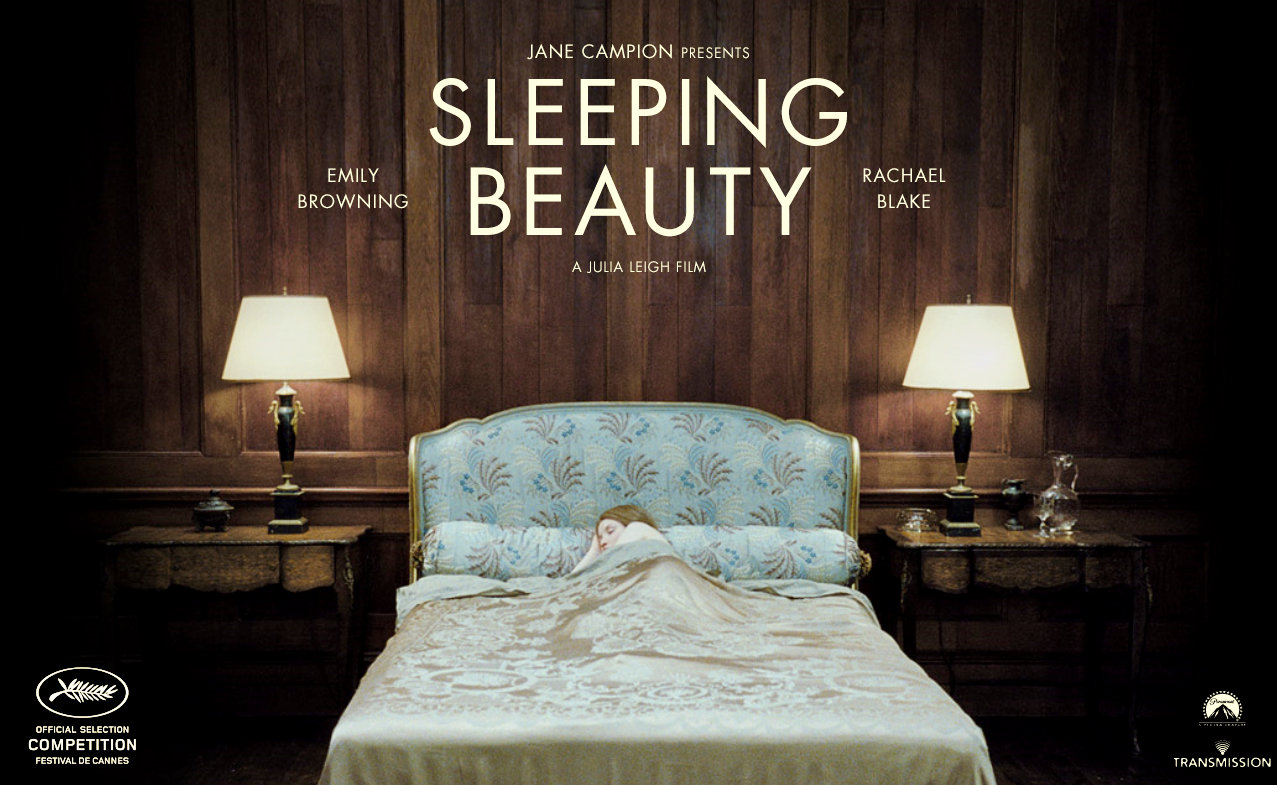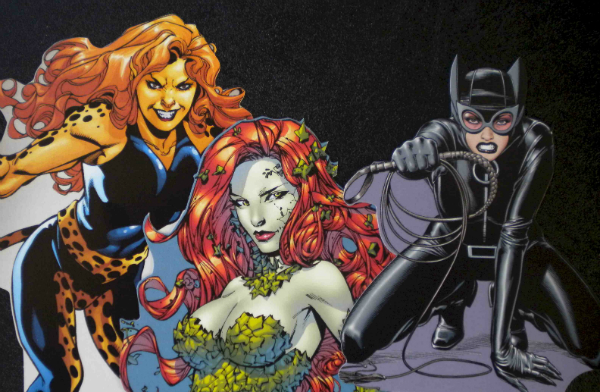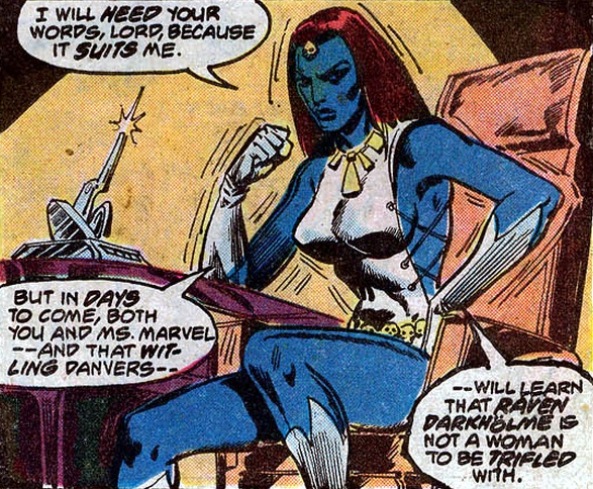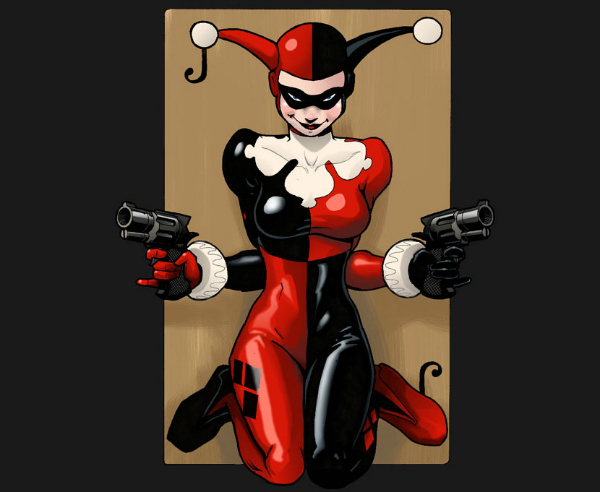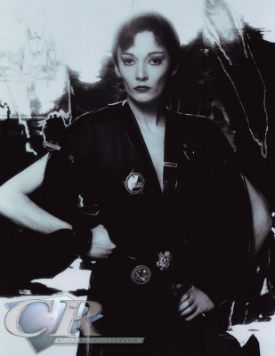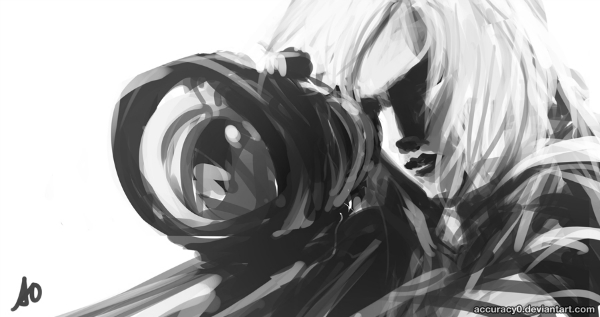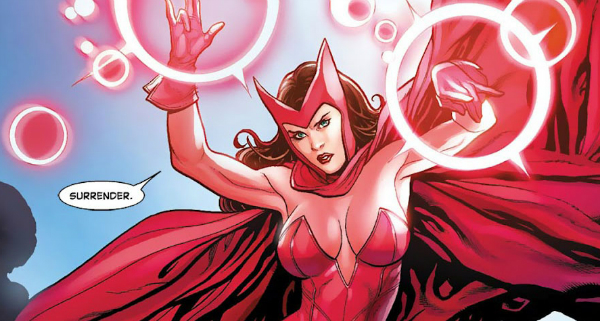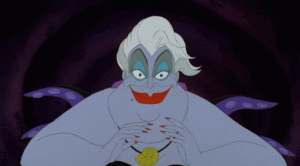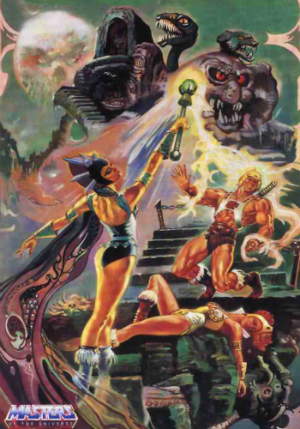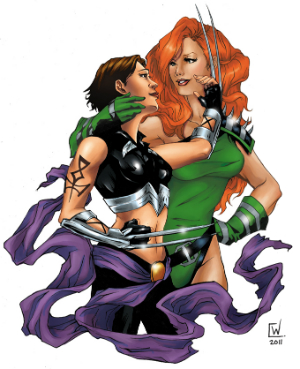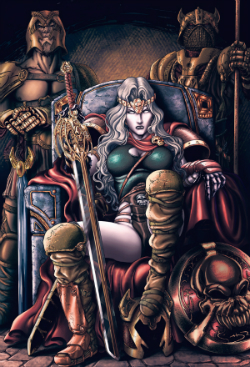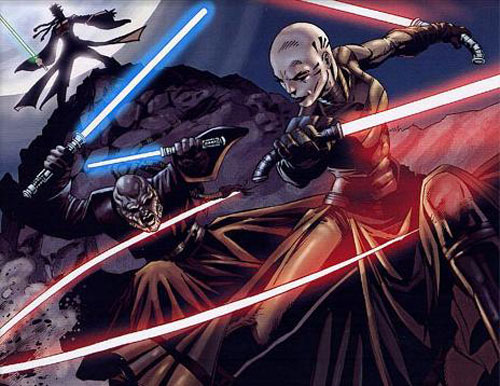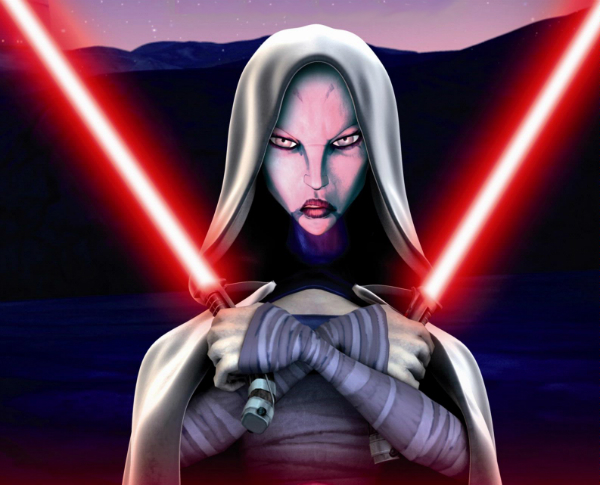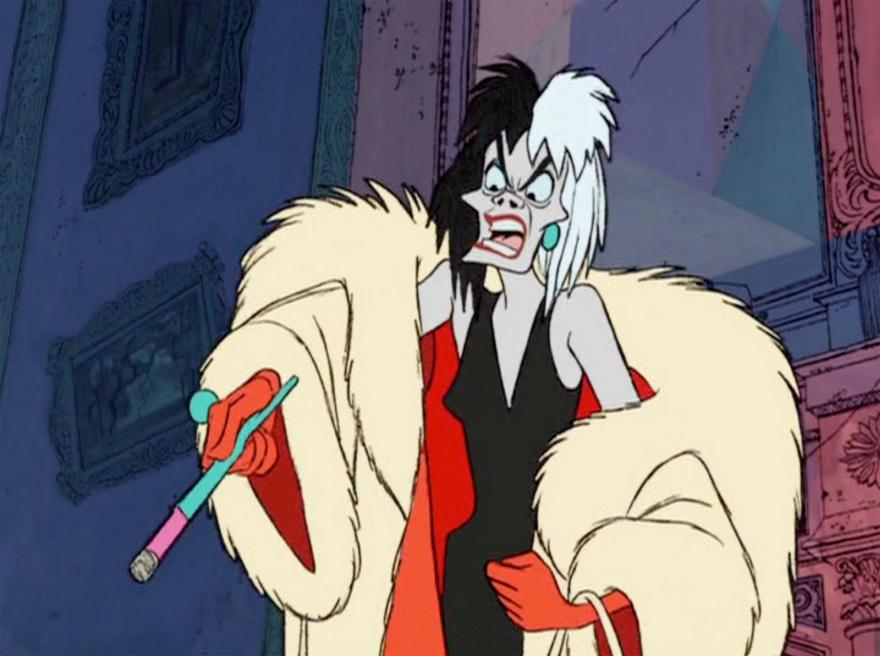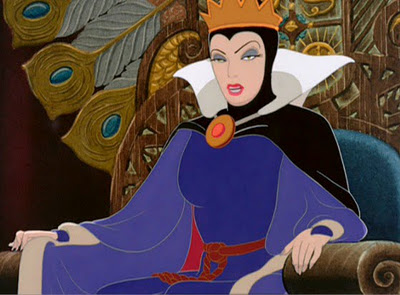
In her debut feature, 2011’s Sleeping Beauty, director Julia Leigh examines consent, voyeurism, and passivity through the character of Lucy (Emily Browning), a beautiful college student who sleepwalks through life as if it doesn’t involve her. Lucy becomes a literal Sleeping Beauty when she takes a job that involves her being drugged to unconsciousness while men are allowed to do anything they please to her naked body, with the exception of penetration. She exists in an eroticized, dream-like landscape and the film often feels like a painting come to life.
As a character, Lucy is defined by what we as an audience don’t know about her, the blank spaces in her characterization that match those in her working life and it is as if we have slept through parts of the film along with Lucy. Her passivity in life mirrors her sleeping, as she moves around, distant from her surroundings and unattached to anyone. She is also indifferent to her job, in one scene she haphazardly applies lipstick and is told to take the work seriously, as “it is not a game.” Lucy’s narrative arc is her process of waking from the stupor she has existed in.
Lucy is shot several other times in silent, passive positions. There are prolonged sequences of her sleeping, both in her original student apartment and her luxury pad, blinded by her sleep mask, as well as sitting alone while waiting at the bar, and on her way to meet her boss, Clara (Rachael Blake). Much of the film actually happens around Lucy while she waits, listens, and sleeps. Even when she is awake, things are done to her and her body: she sleeps with strangers because of a coin toss, endures a painful bikini wax and a test where she is examined like an animal as part of her job interview, and has lipstick roughly applied to her mouth, meant to match her labia. There is a marked focus on Lucy’s mouth throughout the film, from the opening where a scientist puts a tube down her throat as an experiment to the end where she hides a camera in her mouth and is later awakened by mouth to mouth resuscitation.

However, there are moments of rare activity from Lucy, usually brought about by unfortunate circumstances, where is person beneath her icy shell is revealed. She tends to a sickly friend, Birdmann (Ewen Leslie) and gets into bed with him when he overdoses, though she makes no effort call for help. More crucially, she becomes active when she decides, without an provocation, that she wants to know what happens when she is asleep. Though she this would allow the men to be blackmailed, she purchases and smuggles in a small camera.
Early on, the men who will come to be Lucy’s clients are introduced as a dramatis personae at the silver service dinner which suggests they are members of a secret society. This suggests they are microcosms of different types of clients of sex workers, such as the one who is abusive and takes out his frustrations on her as a woman he is allowed to beat inside of a wife, and the one who falls in love with her and just wants to hold her.

Lucy is much younger than the other women in the film and her youth, beauty and pale coloring cause her to be placed on a pedestal. As the silver service dinner, she is covered up with virginal white lingerie while the other women wear black bras with cut outs that reveal their breasts. She is the sole women in white and the main attraction, and even when she makes clumsy mistakes, she is continuously praised.
Because of the value placed in Lucy’s beauty, there is a tension between her and Clara. She scoffs at Clara’s suggestion that her vagina is a temple worthy of respect and ignores her warning that the money earned from her work should be seen only as a temporary windfall not a permanent income she can depend on. These scenes suggest Clara may have been in Lucy’s position one day and aged out of the role. In light at the story’s fairy tale connections, it is interesting that a woman, Clara, is the one who puts her to sleep and looks at her as a commodity.

In the film’s extended and graphic nude scenes, Lucy’s passive, often sedated body can also be examined by aroused audiences, a notion that suggests audiences use nude star as Lucy’s clients do, as she can never know what they do with her image. Once the nude image is out there, it, like Lucy’s consent to be used by the men while sedated, cannot be controlled and consent cannot be rescinded.
In addition, her motivations for agreeing to this work are left unexamined. Unlike films like Belle De Jour, where a bored woman turns to sex work without seeming financial need, it is never suggested that anything Lucy enters into is her fantasy. Instead, it seems to be something she does without thinking, a path she enters down because she cannot think of anything else to do, and only late into it, when she realizes she is making good money, does she begin to live in the luxury it affords her.

However, the constant suggestions of traumas in Lucy’s life: her relationship with Birdmann, mentions of her mother, and of the absence of family or friends, as well as her casual proposal to an acquaintance who alludes to parts of her character he finds flawed, may suggest a conflicted or even ailing mental status. In some scenes, Lucy, as a college student, appears to have great need for money, as she allows herself to be used for science experiments, works in an office doing filing and photocopies and lives in grotty apartment with roommates who are openly apprehensive to her about her failure to pay rent. In one scene where she burns the money she has earned from silver service waitressing, suggesting she either feels no need for the money or has become mired in the surreal sort of magic in the film and barely registers the experience was real. Because she stares at the burning money as if it has cast a spell over her, the second possibility seems most likely.

Sleeping Beauty also raises questions of whether sex work is unfairly stigmatized and separated from other menial work. It is suggested that Lucy, highly confident and assured of her attractiveness as she is, has taken her looks into account and believes sex work would be easier and more lucrative than her other jobs. It is also posed as not dissimilar to consenting to be a guinea pig for science experiments with uncertain results, as she had previously done.
Though she has consented to the sexual nature of her sleep work, Lucy is not even given an opportunity to consent to her involvement in her final client’s suicide, plans which were clearly known to Clara as she appears unsurprised he is dead. In this final scene, Lucy realizes that her actions have weight, even if she doesn’t remember them, as she becomes part of these men’s lives. By signing over her body and memory, she allows them ownership of her and knowledge of her as well as agreeing to trust they will not penetrate her. Many of our most beloved fairy tales romanticize passive, sleeping women, such as the original version of Sleeping Beauty, where the prince rapes the unconscious girl. Though Lucy gives her consent, it is unclear whether person can ever consent to something that would happen while they were unconscious as there is no way she can object if she changes her mind or it crosses the line.

Depending on one’s interpretation of Lucy’s mental state throughout the film, its ending can be taken one of two ways. Either it suggests, Lucy, a literal Sleeping Beauty is waking up to the reality of her life and can begin to live a “normal life” or she is entering into a mental breakdown she has been staving off with her detachment. In addition, the dead man lying in beside her may remind her of Birdmann, whose death she did not fully grieve over and suggests she has been forcing herself not to become attached to him either. With either interpretation, Lucy regains her autonomy and awareness of reality only after negative events, which casts her sex work and her sexual encounters in a wholly negative light. She awakens into the film’s stark reality, where there are no happily ever afters even when the cinematography is this lovely.
As Lucy awakes, not with a kiss but with a slap to the face, it becomes clear that Leigh’s tale of detachment is no fairy tale.
________________________________________________________________________________
Elizabeth Kiy is a Canadian writer and freelance journalist living in Toronto, Ontario. is a Canadian writer and freelance journalist living in Toronto, Ontario.
